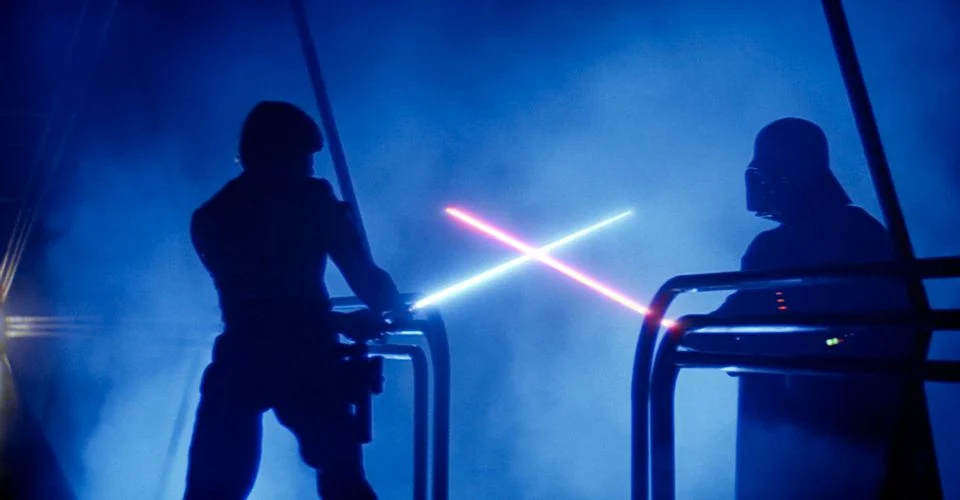Ever wonder just what it takes to keep a Starfleet replicator running? Or how much energy a lightsaber needs to stay strong? Or which iconic piece of sci-fi technology is the most sustainable? Well, you’ve come to the right place.
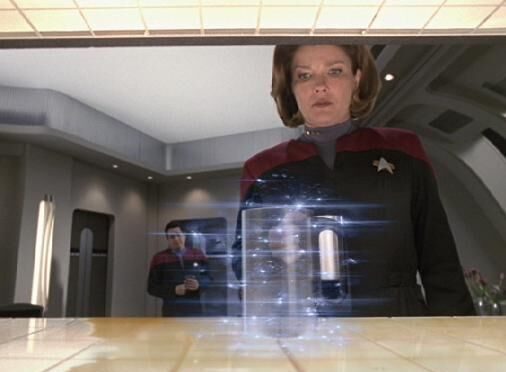
Star Trek: Replicator
Who wouldn’t want a replicator of their own? Sure, in the earlier years of Starfleet it makes only simple sustenance, but from The Next Generation onward, it’s like magic. You can order anything from chocolate ice cream to Klingon gagh, and even though it isn’t quite the same as fresh-made food, it’s unlikely that most people today would complain. No need to heat up food from the freezer or order takeout, you’ve got anything you’re craving at your fingertips.
However, there’s a reason we don’t already have these useful contraptions. Based on analysis by fans, it’s likely that replicators would consume a huge amount of power. This works fine for future starships powered by fusion reactors, but would be a lot more costly and hard to maintain in the present.
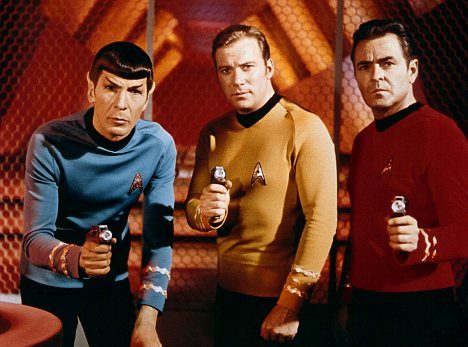
Star Trek: Phaser
A phaser isn’t as valuable in everyday life as a replicator, but these high-tech ray guns still have a lot of uses. They’ve been used to heat up rocks to keep a team warm in a freezing climate, stun an enemy into losing consciousness, and disintegrate both items and people. Rather than the simpler laser guns a lot of other science fiction movies show, the phaser has a much wider range of capabilities.
According to a Star Trek wiki, phasers fire nadion particle beams. Unfortunately, these particles don’t exist in our universe, so it’s harder to figure out how much energy they would require. Phasers could be powered by anything from the equivalent of a modern cellphone battery to the energy of a thousand hand grenades. One person’s math leads them to the conclusion that a low-level kill setting on a phaser would output around 23 MegaWatts (MW). For comparison, one megawatt of capacity at a generator like a coal plant would be able to produce enough electricity to power around 400 to 900 homes in one year. Perhaps in the future, when there have been great strides made in renewable energy technology, it’ll be possible to create something like a phaser that doesn’t use up a crazy amount of energy every time it shoots, so it can be used more than once!
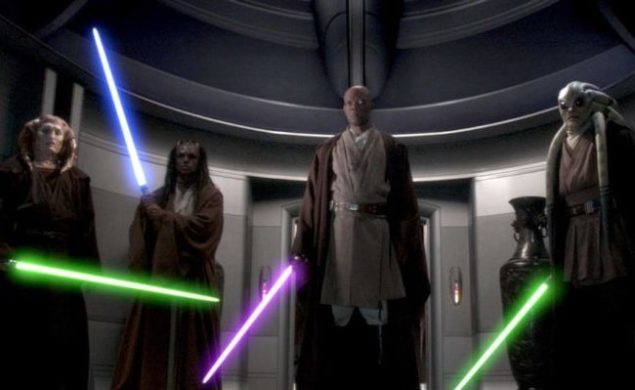
Star Wars: Lightsaber
The lightsaber is one of the most popular science fiction weapons ever. In the hands of someone who wields The Force, it’s also extremely powerful. Watching the Jedi and the Sith battle in their flowing robes, listening to the classic sounds of their lightsabers whooshing through the air and clashing against each other, how could you not be inspired to go on a quest across the galaxy?
In this faraway galaxy, there are once again power sources not known to those of us on Earth. Lightsabers get their energy from diatum power cells, which can recharge naturally. Finally we get a direct answer for a contraption’s source of renewable energy! Sure, it’s not something that exists for us, but still. Luckily, thanks to canon examples, we’ve been able to figure out just how much power they contain. One of these laser swords contains the equivalent power to 650 car batteries or one nuclear reactor, which can generate 1,000 MW of energy. And all that power fits into a little diatum core!
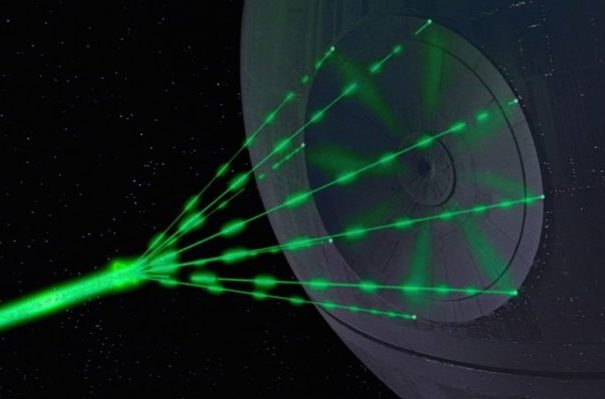
Star Wars: Death Star
As far as energy consumers go, the Death Star is certainly one of the biggest. It was created to destroy a whole planet at a time, after all. One of the most memorable scenes in the original Star Wars movie is when it’s used to destroy Alderaan, Leia’s home planet. The rebel forces go through a lot to take out this gigantic weapon, and the Empire works hard to complete it.
While the size of a moon, the Death Star used more energy than our sun produces to be able to decimate an Earth-sized planet. Just like the lightsaber, Star Wars pseudoscience explains that this power comes from a “hypermatter” reactor. For us, this would be the equivalent of 86 septillion car batteries, or 2 quintillion nuclear reactors (for the first Death Star)! Somehow, this doesn’t seem very sustainable – the hypermatter reactor must be an amazing energy generator.
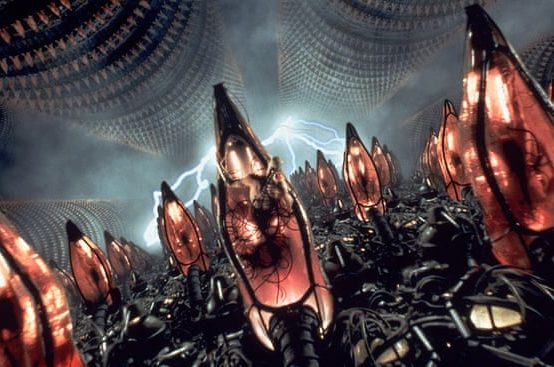
The Matrix: People Batteries
Speaking of unsustainable energy generators: in The Matrix, the machines were once powered by solar, until during war with the humans we blocked out the sun with permanent cloud cover. The machines still won, and now use humans as their power source. It’s certainly a horrifying and unique idea, but are humans really as renewable a source of energy as these movies lead us to believe?
It turns out that we probably don’t have to worry, as using humans grown in pods to power machines isn’t that plausible. Humans are worse at converting fuel into energy than almost any other energy source. Plus, the machines have to create and maintain human lives, using up even more power than we would supply. Lucky us! As such an inefficient power source, we should be safe from this particular future.
Out of the technology we’ve discussed here, it seems that lightsabers would be the most sustainable. Their fictional power source has the best description, allowing for recharging without needing to plug in to anything. But there’s plenty of other futuristic tech in science fiction stories, including all sorts of ideas on where renewable energy could take us. From Stargate to Firefly to Back to the Future, human imagination is endless. What speculative tools or weapons would you say make the best use of sustainable energy? Considering the amount of old science fiction ideas that have now become science fact, who knows what might exist in the near future?

